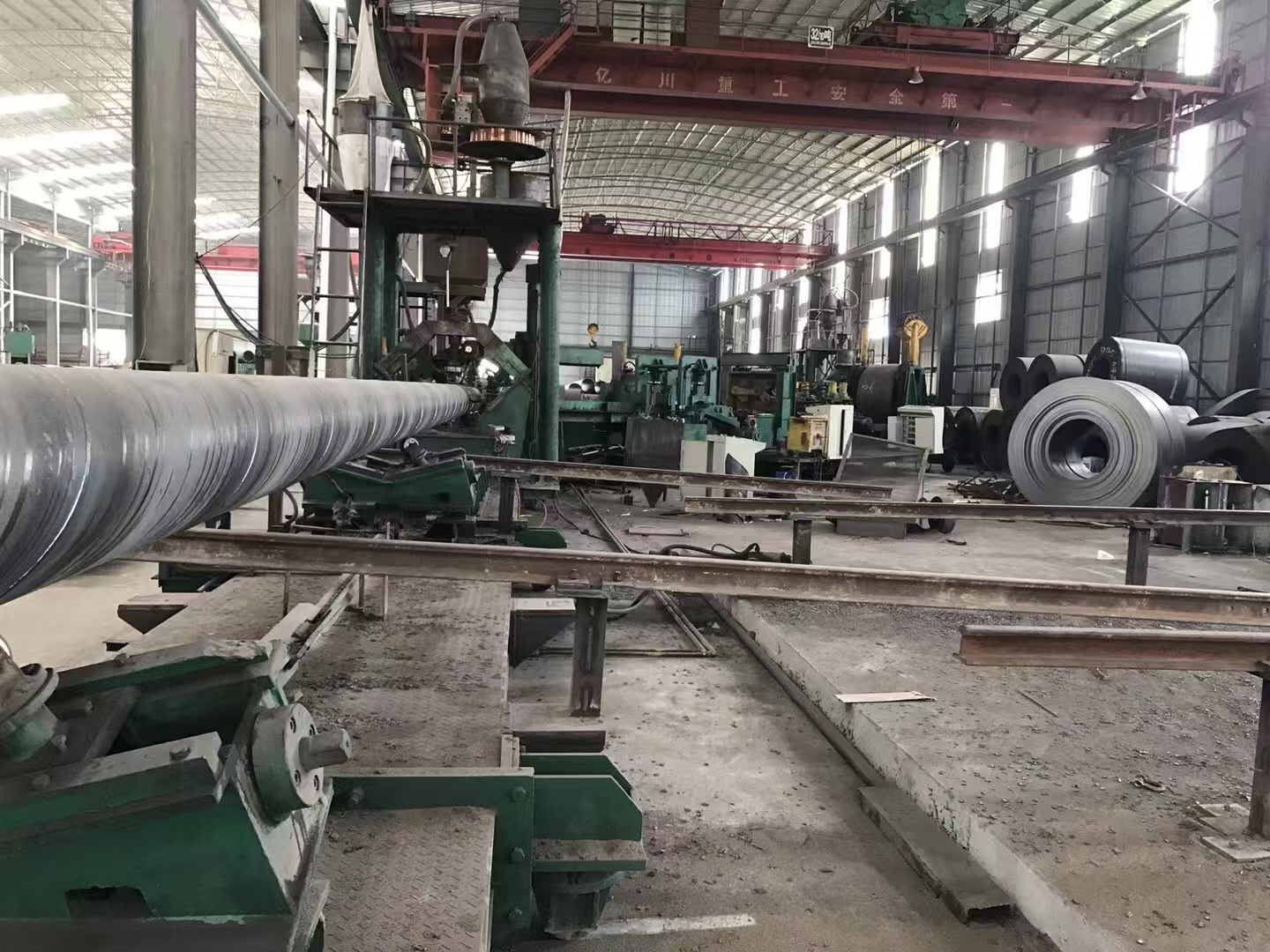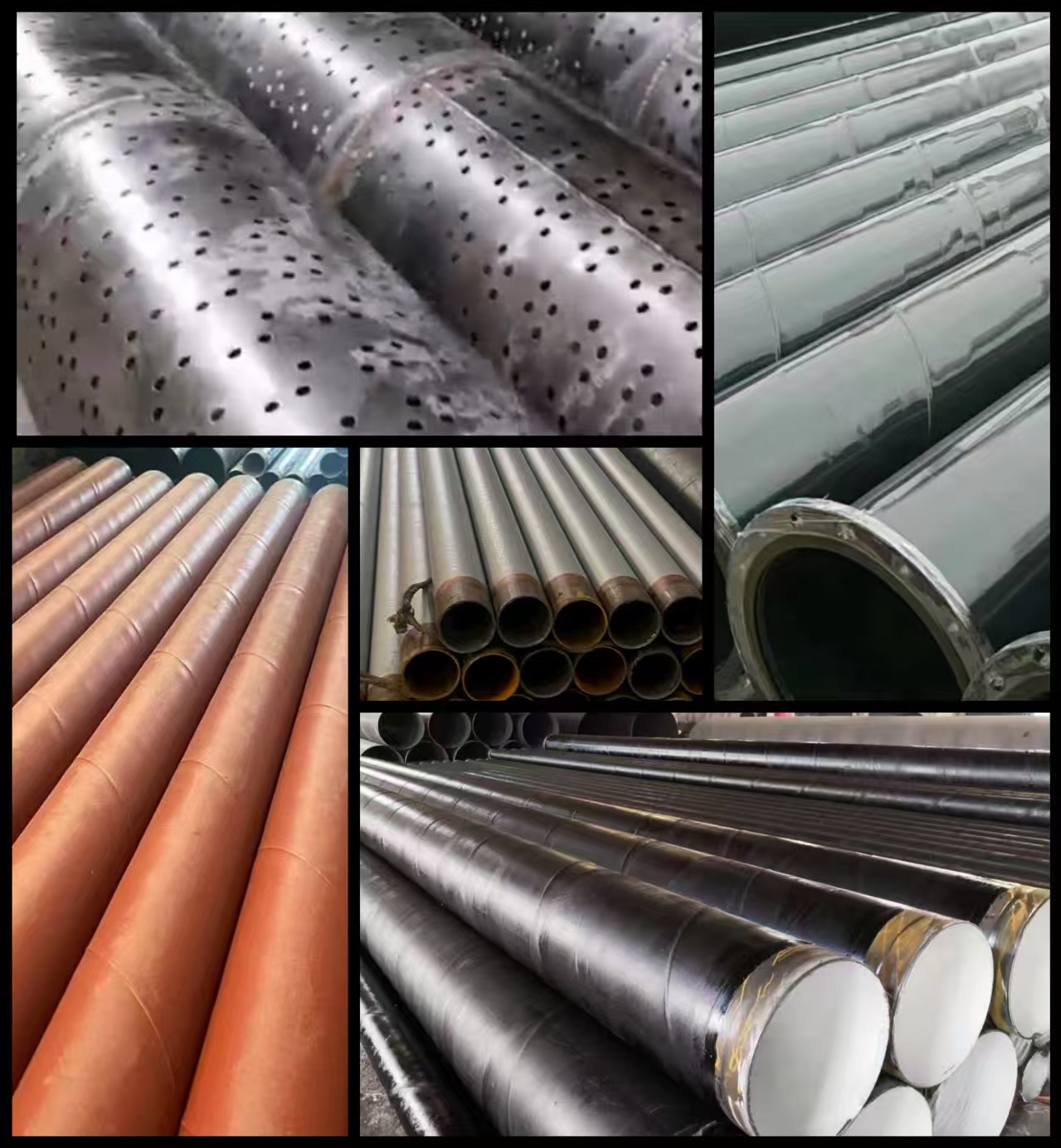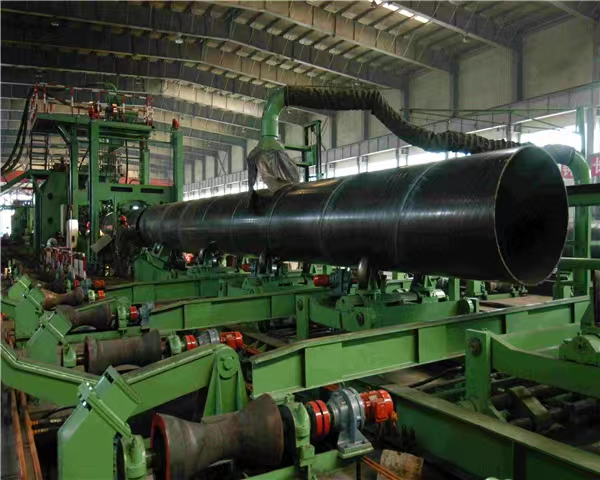The global market for industrial materials continues to demonstrate robust growth, driven by infrastructure development, urbanization, and energy transition initiatives worldwide. This report analyzes key trends and opportunities across these critical sectors.
Market Overview and Size
The steel industry remains fundamental to global infrastructure, with a market value exceeding 1trillion.TheglobalPEpipesmarketisprojectedtoreach23.5 billion by 2030, growing at a CAGR of 5.3%. Iron castings maintain steady demand, particularly in automotive and machinery sectors, with market size expected to reach $221.7 billion by 2032.
Key Growth Drivers
Infrastructure development worldwide represents a primary growth catalyst. Government initiatives including the U.S. Infrastructure Investment and Jobs Act and China’s Belt and Road Initiative are driving unprecedented demand for construction materials. The global energy transition requires extensive pipeline networks for hydrogen, water, and other utilities, benefiting all three material sectors. Rapid urbanization continues to drive demand for modern water systems and durable construction materials across emerging economies.
Technological Advancements
Material science innovations are transforming industry standards. Advanced high-strength steels enable lighter, more sustainable structures. PE pipe technology has evolved with innovations like PE-RT and PE 100-RC, expanding application possibilities. Smart factory technologies are revolutionizing production processes through AI-powered quality control and automated production lines. Sustainability innovations are driving circular economy principles, including recycled-content production and energy-efficient manufacturing processes.
Regional Market Analysis
The Asia-Pacific region accounts for over 65% of global steel production and continues to lead in both consumption and manufacturing. North American markets are experiencing growth through reshoring initiatives and infrastructure renewal. The European market emphasizes sustainability and quality standards, driving adoption of innovative, eco-friendly materials and processes.
Industry Challenges
Raw material volatility continues to impact manufacturing economics, with price fluctuations in iron ore, crude oil, and energy costs. Environmental regulations and quality standards require continuous adaptation, adding complexity to global operations. The manufacturing skills gap remains a critical challenge across developed economies, particularly for advanced technical roles.
Future Opportunities
Emerging application areas present significant growth potential, including hydrogen energy infrastructure, data center construction, and electric vehicle manufacturing. Digital transformation will continue to enhance manufacturing through predictive maintenance and automated quality systems. Sustainability imperatives will drive innovation in low-emission production technologies and recycled material utilization.
Strategic Recommendations
Market differentiation will increasingly depend on technical expertise and sustainability credentials. Manufacturers should invest in advanced manufacturing technologies and digital transformation, develop strong circular economy capabilities, enhance technical support and engineering collaboration, diversify geographic markets, and build resilient, transparent supply chains.
The steel, PE pipes, and iron castings industries remain fundamentally strong, supported by global infrastructure needs. Companies that embrace innovation and sustainability will be best positioned for long-term success.
Report compiled based on data from Grand View Research, Global Market Insights, and industry association publications.


